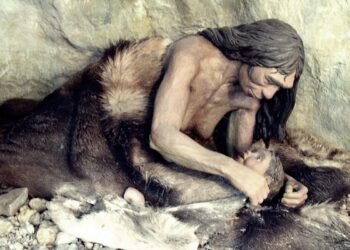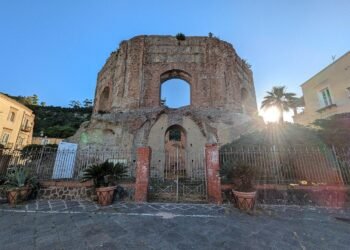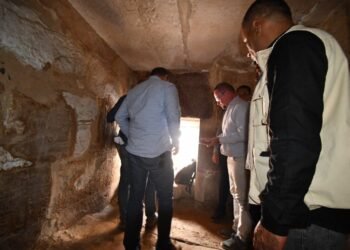A recent interdisciplinary study has revealed the copper mining practices of the Argaric societies during the Bronze Age (2200–1550 BCE), highlighting a decentralized and diversified network of resource exploitation.

Researchers from the University of Granada (UGR), in collaboration with the Spanish National Research Council (CSIC) and other institutions, analyzed archaeological samples from southern Spain’s Betic Mountain Range, particularly the Guadix-Baza basin, to better understand the metallurgical landscape of the time.
The study, published in Geoarchaeology, demonstrates that Argaric societies sourced copper not only from within their cultural territory but also from areas beyond, challenging previous assumptions of a centralized production model. Through lead-isotope and trace-element analyses, researchers identified inland mining regions, particularly the Betic Cordillera from Granada to Baza, as critical sources of copper, surpassing the importance of earlier coastal deposits in the Almería-Cartagena area.
Dr. Mercedes Murillo Barroso, associate professor in UGR’s Department of Prehistory and Archaeology and principal investigator of the study, emphasized the implications of these findings: “These results show that Argaric societies did not rely on a single source for their copper resources. Instead, their supply chains were diversified, incorporating materials from both within and beyond their cultural domain, suggesting a decentralized production model.”
The study shows the significant role of the Linares-La Carolina mining district, which was previously considered the primary source of copper during the Bronze Age. Data reveal that copper from this region accounted for between 17.2% and 24.1% of objects analyzed from the inland Argaric areas and around 20.4% from coastal sites. Notably, the Linares district also supplied metal to other parts of the Iberian Peninsula, such as Alicante and the central plateau, reflecting its broader trade connections.
While inland sites such as Cuesta del Negro and Cerro de la Encina showed scattered evidence of copper processing, the coastal areas, once intensively mined, were used less during the El Argar period. Additionally, approximately 17.2% of inland archaeological finds were traced to regions outside the Argar territory, including Los Pedroches and the Iberian Pyrite Belt.
“The intensity of mining activities in Granada even surpassed those in traditionally recognized areas like Almería-Cartagena,” co-author Aaron Lackinger of UGR remarked.























